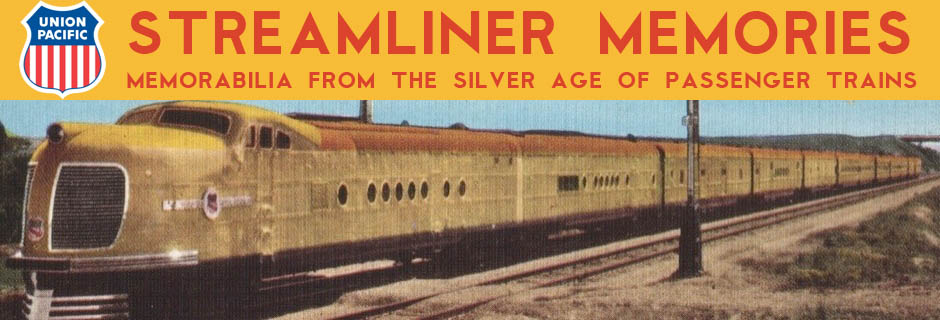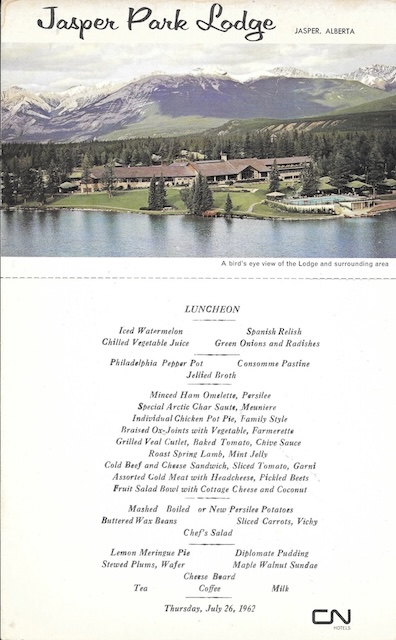The cover of this timetable is meant to look like an action photo but it just looks like an accidental double exposure. After putting scenic pictures of trains on the previous four timetable covers, this one is a disappointment. The inside front cover has a collage of train interior photos, and the photo of passengers enjoying views from the Sceneramic Lounge car would have made a much better cover.
 Click image to download a 46.0-MB PDF of this 68-page timetable.
Click image to download a 46.0-MB PDF of this 68-page timetable.
Also for the last several editions, including this one, the inside back cover is a photo collage of Jasper Park and scenes on the steamship journey from Vancouver to Skagway. While the ads cover the same ground, some of the photos change from issue to issue keeping the ads fresh. Continue reading









